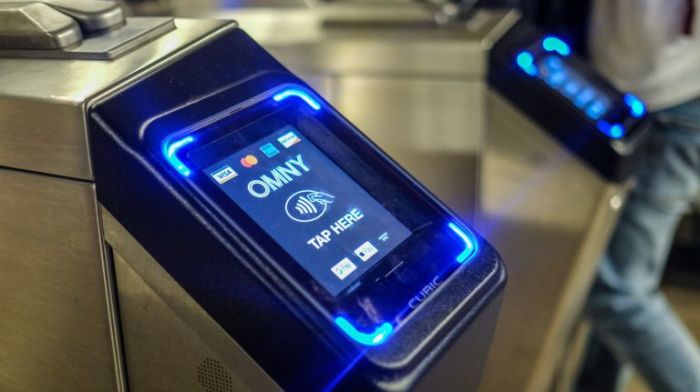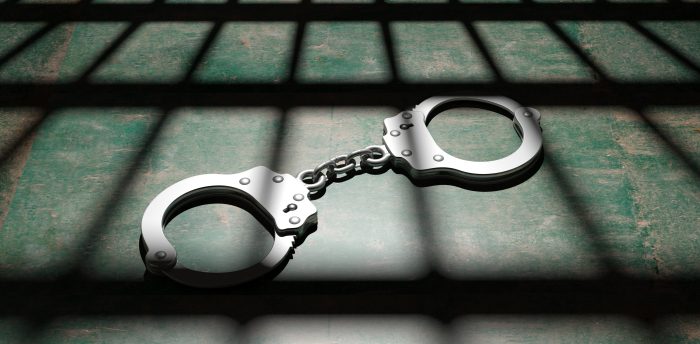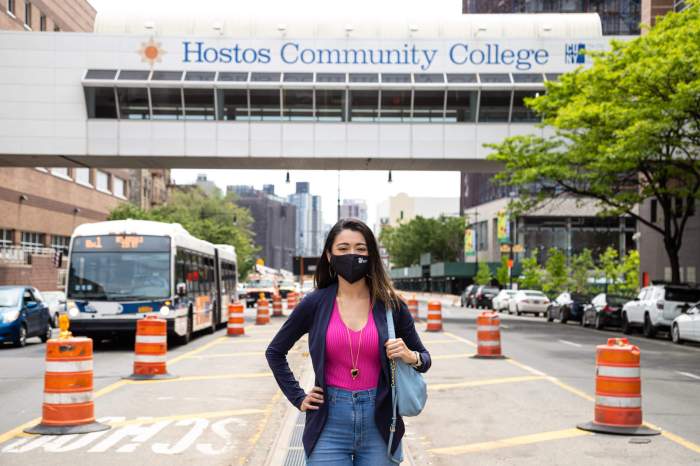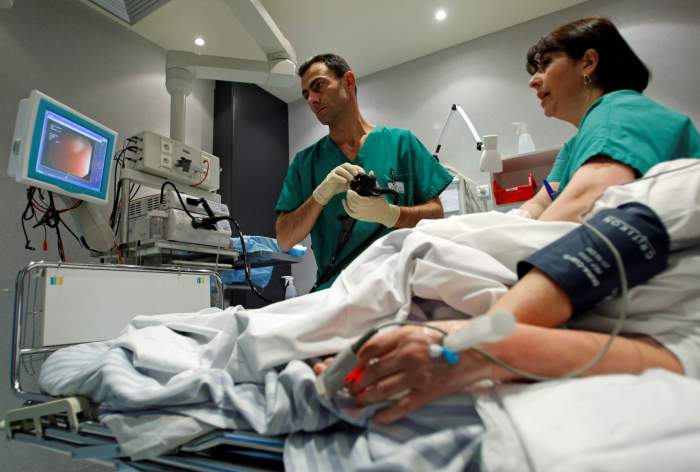Over the past three decades, New York City has made great progress in reducing crime, but the last two years have brought troublesome trends. There is a demand for a new approach to public safety and a growing awareness that a safe city requires more than just an effective police force. A number of agencies have a part to play in keeping New York safe, including the Human Resources Administration, Homeless Services, Probation, Parole and Corrections, as well as our District Attorneys and community-based organizations.
Mayor Eric Adams’s appointment of the city’s first Deputy Mayor for Public Safety since the early 1990s demonstrates that he understands we need a broader approach. He has tasked his choice for this important position, Phillip Banks, with coordinating all agencies on public safety matters. Banks should have the authority to bring the NYPD and others together to address issues with a broad perspective, make key decisions when necessary and coordinate with other deputy mayors and agencies when necessary.
For example, the Deputy Mayor should assure that the Civilian Complaint Review Board and other agencies receive full cooperation from the NYPD. He could receive data from non-police sources about the needs of communities and their perceptions of safety. He could examine the different pilot programs and recommend a more useful division of functions across government. Involving civic and community groups in how the city’s strategizes around public safety would go a long way in building trust.
The coordination Deputy Mayor Banks will bring to City Hall should also be implemented at the grassroots level. The City would benefit from having local advisory committees focused on public safety in every neighborhood. To provide a broad perspective, these committees should have representatives from key agencies, including the NYPD, and others to provide a broad perspective.
New York already has a successful model on which to base this. Since 2014, the City has been running an innovative neighborhood safety program in 15 housing developments across the city. Under the MAP program, community members meet with agency officials to identify indicators that affect public safety, and work with these officials to address those issues. Research by John Jay College of Criminal Justice found that this program reduced felonies and misdemeanors in participating housing developments. The program should be used as a model for what could be implemented across the city.
Local committees would allow agency and community representatives to discuss challenges and target particular issues. The committees would make recommendations to the Mayor and Deputy Mayor, executive agencies and the City Council, giving communities a voice in public safety policy deliberations. They would also bolster trust and credibility in communities where it is sorely lacking. These committees would have a broader role than Precinct Councils because they would involve many agencies in addressing public safety issues locally.
Mayor Adams campaigned on the promise to increase public safety and justice in New York City, and also has stressed a collaborative approach to problem-solving. The Deputy Mayor for Public Safety is essential to all of that. His having the NYPD and other agencies working together on public safety, and using community councils to achieve agency cooperation locally is crucial to building the public support and trust necessary to achieve public safety.
Betsy Gotbaum is the executive director of Citizens Union





































